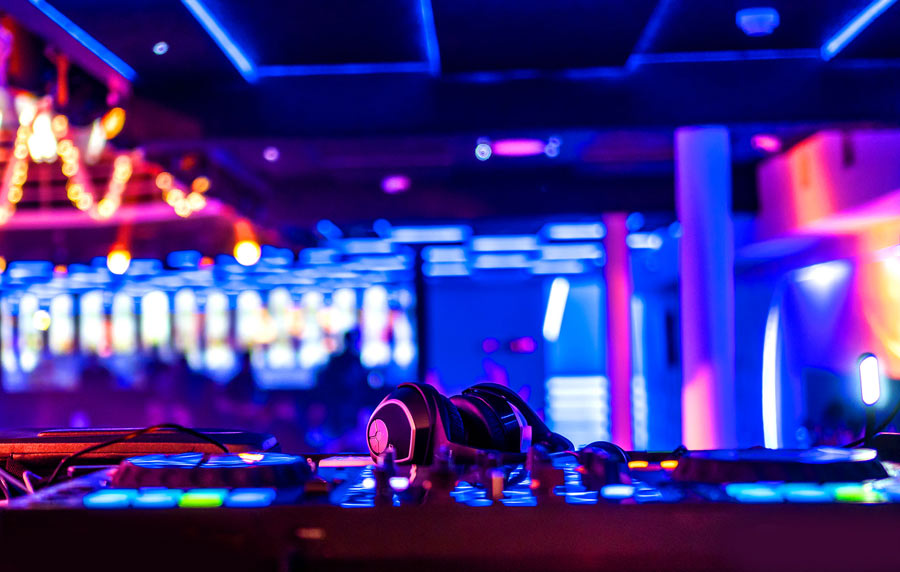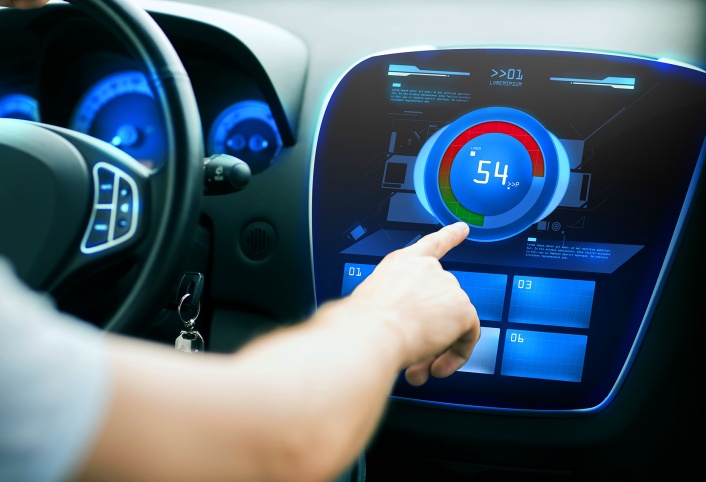Evolution of Sound Technology
From Analog to Digital
It all started with analog. We had vinyl records, cassette tapes, and reel-to-reel systems. They were the pioneers, and while they had their charm, they were far from perfect. Enter digital technology. The shift from analog to digital marked a monumental leap. CDs came first, offering crisper, clearer sound than any tape could muster. Then came MP3s and streaming services, making music more accessible than ever. Digital technology didn’t just improve sound quality; it democratized music, putting entire libraries in our pockets.
Integration of AI and Machine Learning
Now, we’re in the age of AI and machine learning, and these technologies are making sound systems smarter. Think adaptive audio processing that tweaks sound settings in real-time based on your environment. Whether you’re in a quiet room or a bustling street, AI ensures you get the best listening experience. Machine learning algorithms analyze your listening habits, suggesting new music or adjusting equalizer settings to match your preferences. It’s like having a personal sound engineer with you at all times.
Enhancing Sound Quality
High-Resolution Audio
Have you ever listened to a song and felt like you could hear every single instrument, each note crisp and clear? That’s the magic of high-resolution audio. Unlike standard audio formats, high-res audio captures sound at a higher bit depth and sampling rate, providing an almost lifelike listening experience. It’s as close as you can get to being in the recording studio with the artist.
Spatial Audio and Immersive Experiences
High-res audio is just the beginning. Spatial audio takes things to a whole new level. By simulating a 3D audio environment, spatial audio makes you feel like you’re right in the middle of the action. Whether it’s a movie or a video game, this technology creates a surround sound experience without the need for multiple speakers. Techniques like object-based audio allow sounds to move around you, creating a truly immersive experience that’s perfect for home theaters and VR gaming.
Accessibility and Connectivity
Wireless and Bluetooth Technology
Gone are the days of tangled cables and limited mobility. Wireless and Bluetooth technologies have revolutionized how we connect to our sound systems. Whether it’s your headphones, speakers, or even your car stereo, Bluetooth offers seamless connectivity. You can switch between devices effortlessly and enjoy high-quality audio without being tethered to a physical connection. It’s all about freedom and flexibility.
Integration with Smart Devices
Advanced sound systems aren’t just standalone devices anymore. They’re integral parts of our smart homes. Voice-activated controls through devices like Amazon’s Alexa or Google Assistant mean you can adjust your audio settings with a simple command. Want to play your favorite playlist, check the weather, or turn up the volume? Just ask. These integrations make our lives more convenient and our audio experiences more enjoyable.
Applications Across Industries
Entertainment and Media
Imagine watching a movie where every whisper, explosion, and musical score feels real. That’s the power of advanced sound technology in entertainment. Movie theaters are now equipped with state-of-the-art audio systems that make films more engaging. Concerts leverage these technologies to deliver flawless sound to thousands of fans, ensuring everyone gets the best seat in the house, aurally speaking. Even gaming has transformed, with sound systems providing immersive audio that makes you feel part of the virtual world.
Commercial and Business Use
It’s not just about entertainment. In the business world, advanced sound systems enhance communication and productivity. Conference rooms equipped with top-tier audio setups ensure clear communication during meetings, reducing misunderstandings and improving collaboration. Public venues like airports and shopping malls use these technologies to deliver clear announcements and background music, enhancing the overall experience for visitors.
Future Prospects and Trends
The future of sound technology is incredibly exciting. We’re looking at trends like personalized audio experiences, where sound systems adapt not just to your environment but to your specific auditory profile. Imagine headphones that adjust to your hearing abilities, ensuring you get the best possible sound quality. Innovations in eco-friendly and sustainable sound solutions are also on the horizon, making our auditory experiences better for the planet.
Conclusion
From the crackle of vinyl to the crystal-clear clarity of digital sound, we’ve come a long way. Advanced sound technology doesn’t just enhance our listening experiences; it transforms them. Whether you’re a music lover, a movie buff, or a professional needing top-notch communication tools, the advancements in sound technology are undeniable. As we look to the future, it’s clear that these innovations will continue to shape our lives, providing richer, more immersive experiences that allow us to never miss a beat.




